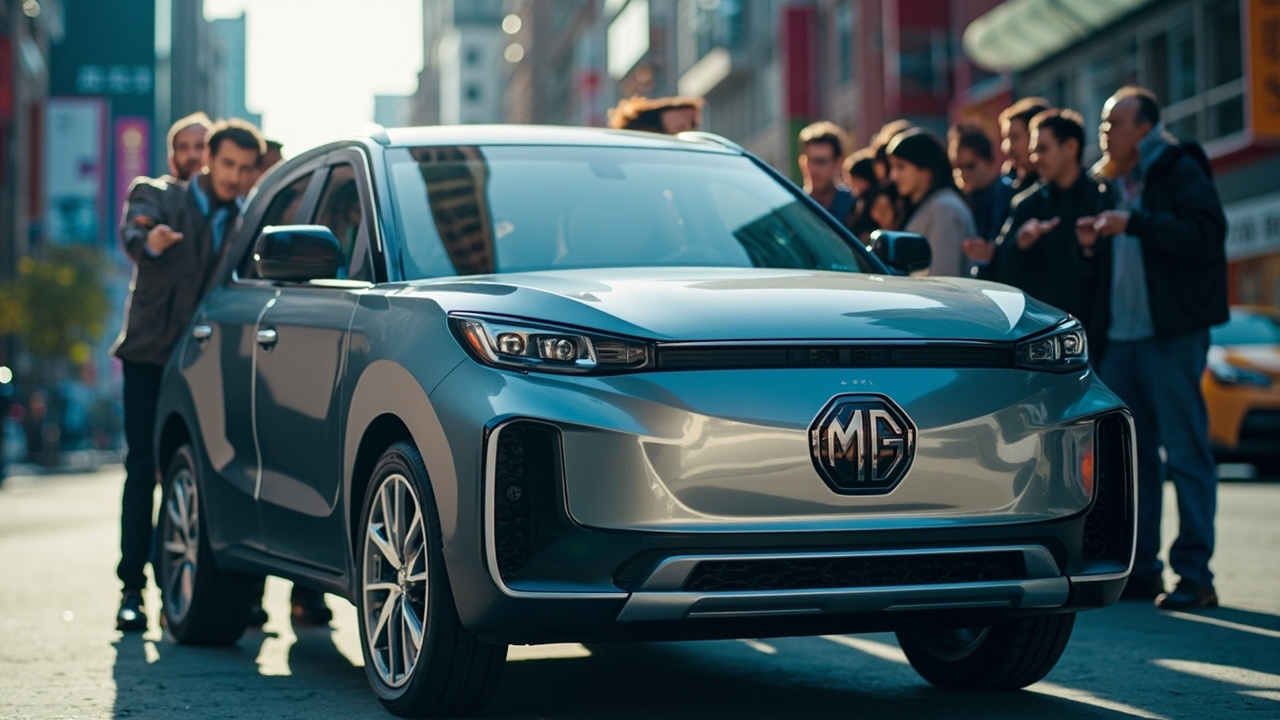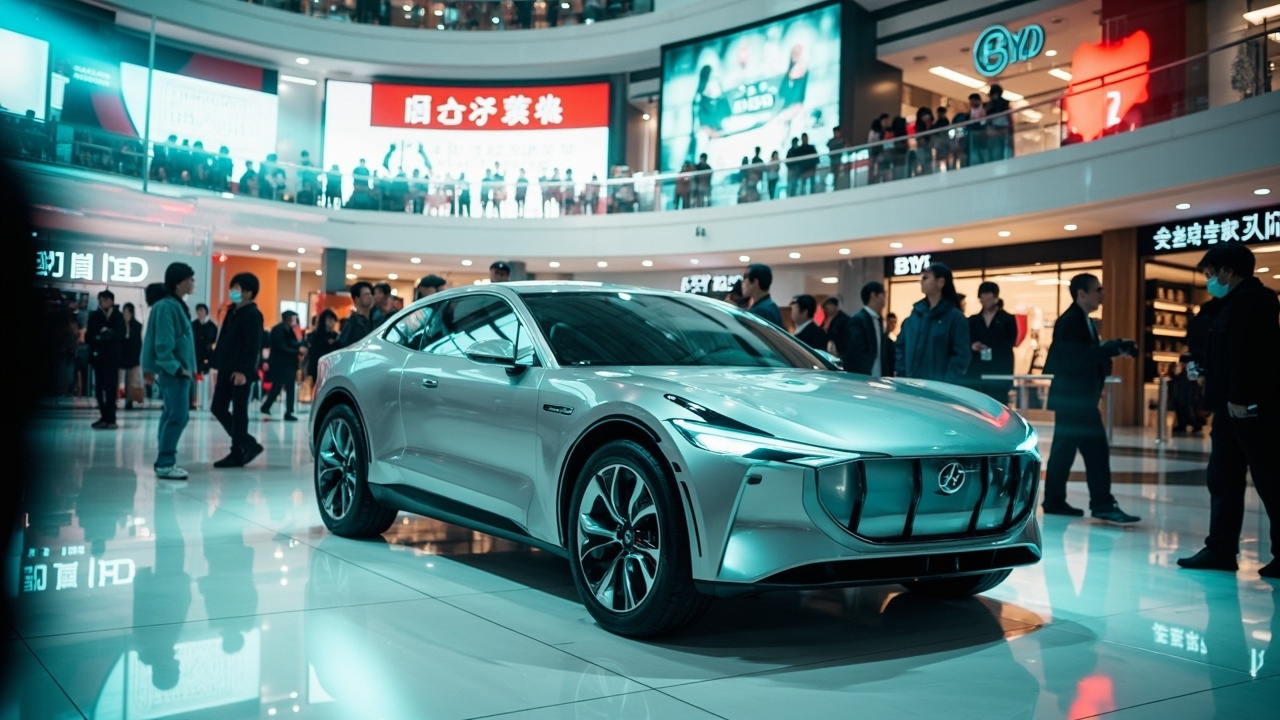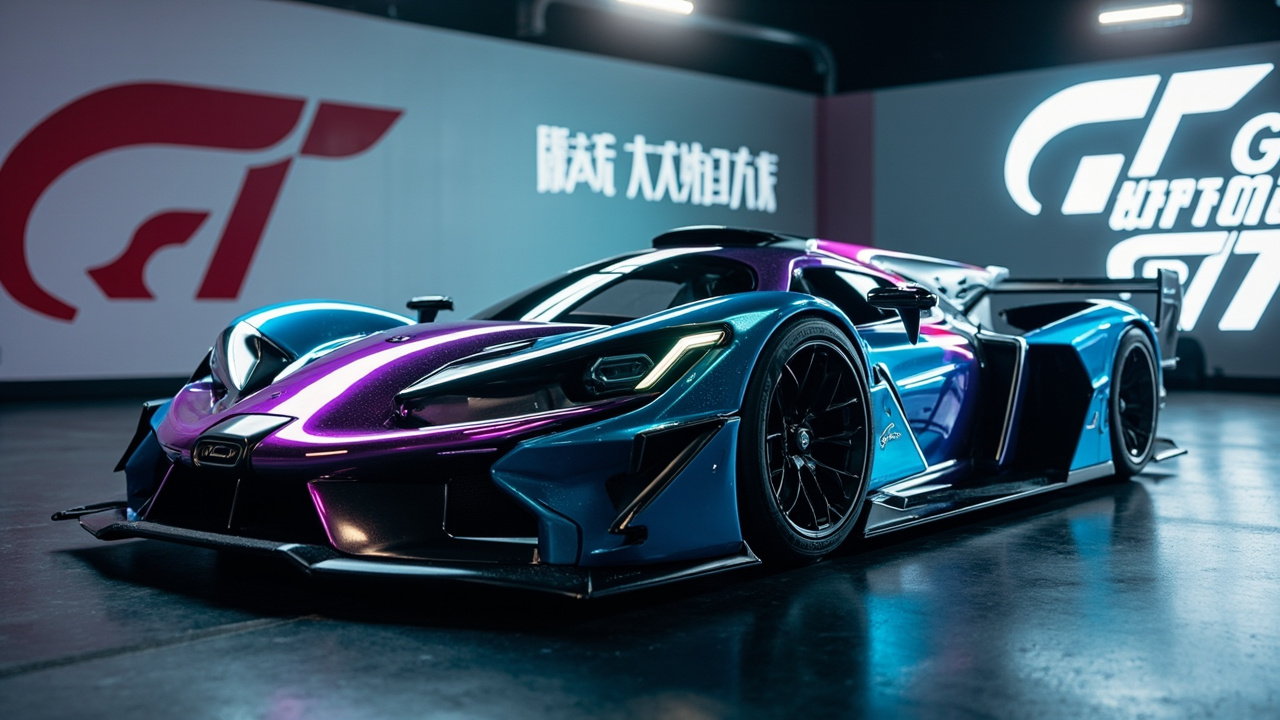General Motors Reports Strong Q3 2025 Amidst Evolving Industry Landscape
Reports on manufacturing, labor and earnings with clear, practical context. Drives a Tesla Model 3 RWD; family hauler is a Volvo XC60.
General Motors Company has released its Q3 2025 letter to shareholders, highlighting a robust performance and strategic maneuvers in a rapidly changing automotive landscape. The company has shown resilience and foresight in adapting to new market conditions and regulatory challenges, all while maintaining a strong commitment to innovation and shareholder value.
In the third quarter of 2025, General Motors (GM) reported significant achievements in market share and profitability. The company's U.S. operations reached their highest third-quarter market share since 2017, supported by a diverse vehicle portfolio and strong margins. The restructuring of GM's China business also bore fruit, contributing positively to the company's financial outcomes. As a testament to its solid performance, GM has raised its full-year guidance, reflecting confidence in its strategic direction.
A pivotal aspect of GM's strategy is its investment in American manufacturing and innovation. The company has announced a $4 billion capital investment plan to bolster its U.S. production capabilities, expanding facilities in Tennessee, Kansas, and Michigan. These efforts are part of GM's broader endeavor to enhance its domestic manufacturing footprint, with an ambitious target of producing over two million vehicles annually in the United States. Additionally, GM is investing nearly $1 billion in developing a new generation of advanced, fuel-efficient V8 engines in New York, all while maintaining capital discipline and creating new jobs.
As GM navigates an evolving regulatory environment, it is recalibrating its electric vehicle (EV) strategy. With regulatory frameworks and federal incentives shifting, GM acknowledges that near-term EV adoption might not accelerate as previously anticipated. The company is reassessing its EV production capacity, resulting in a special charge in the third quarter and anticipated future charges. Despite these adjustments, GM remains committed to its EV ambitions, focusing on battery advancements and architectural innovations to enhance profitability.
While electric vehicles are a crucial part of GM's future, the company also continues to invest in and refine its internal combustion engine (ICE) offerings. Recognizing sustained demand for ICE vehicles, GM is advancing the production of models like the Chevrolet Blazer and developing next-generation Cadillac models. By onshoring production and updating its vehicle lineup, GM aims to meet persistent consumer demand while preparing for future shifts in the market.
In addition to vehicle manufacturing, GM is focusing on expanding its software and services business. The company reported a 14% growth in deferred revenue from services like OnStar and Super Cruise, driven by a substantial subscriber base. GM anticipates continued robust growth in these areas, with ambitious revenue and margin targets set for the coming years. Moreover, GM is progressing in its autonomous vehicle strategy and developing a next-generation software-defined vehicle platform aimed at enhancing vehicle intelligence and opening new revenue streams.
Looking ahead, GM is confident in its ability to build on its current successes. The company's commitment to innovation, customer satisfaction, and shareholder value remains steadfast. GM's strategic investments in technology, manufacturing, and human capital are designed to fortify its position as an industry leader. As GM continues to navigate the complexities of the automotive industry, it remains poised to adapt and thrive, ensuring long-term growth and resilience.
About Priya Nair
Reports on manufacturing, labor and earnings with clear, practical context. Drives a Tesla Model 3 RWD; family hauler is a Volvo XC60.



